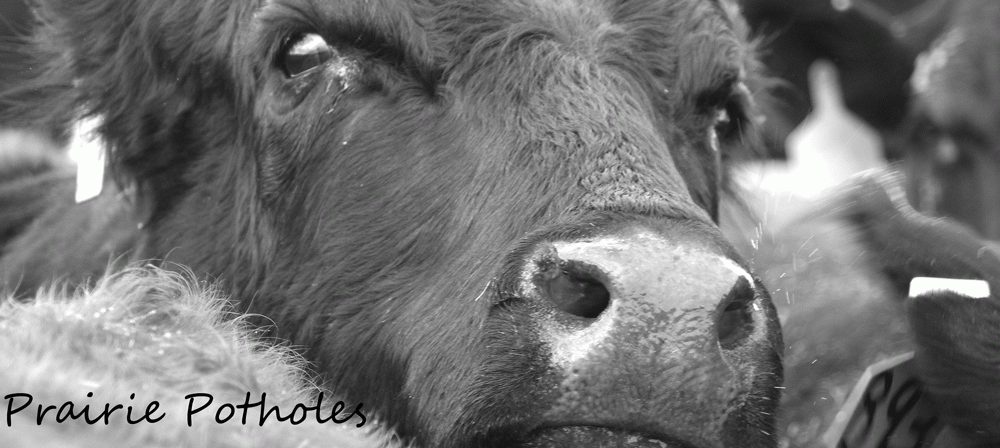"We were raised at the intersection of great trout rivers in Missoula, Montana."
~the narrative voice of Norman Maclean from A Rivers Runs Through It
The last 100 miles of the trip from our house to Missoula is the most anticipated journey that I make every year. You drive through Lewistown and on to Great Falls along Montana Highway 200, with the Judiths, the Little Belts, the Highwoods, the Bear Paws and the Snowy mountain ranges appearing as distinct spots on the horizon to your north and south. Technically and visually, though you are traveling across the prairie for 350 miles. When you approach the Rocky Mountain Front near Simms and climb Rogers Pass, you are suddenly and truly in a mountain realm.
You are also at the headwaters of the Blackfoot River. The last 90 miles of the journey take you through some of the most beautiful scenery in Montana. Certainly not the most rugged in terms of the raw wildness found in the Bob Marshall Wilderness and Glacier, but a continual beauty throughout the valley that is seldom experienced. Coming off of Rogers Pass, the valley opens up to willows and brush as the waters gather and form in to a flowing stream.
The valley is never overhwelmingly wide. Mountain slopes skirting the valley are filled with ponderosa and lodgepole pine, much of which is being decimated by the pine bark beetle. Careful reading of the growth habits of the hardwoods on the valley floor lets you locate the river even when the highway ventures far from it. It is a valley whose history is filled with mining, logging, agriculture, unabombers, and now: cooperative conservation.
While the Blackfoot valley is exquisite on its own terms for natural beauty, my favorite part is the story of the Blackfoot Challenge and the beauty of the human spirit. The Blackfoot Challenge is a watershed group that formed here in 1973 to represent a variety of public interest groups and restore the river to its full potential. Private landowners (ranchers, retirees, outfitters), government entities, corporations and non-profits all take part in both meetings, steering committees and hands-on restoration.
I love the idea of watershed groups. I love that people can work together to find common ground in a setting such as the Blackfoot River valley, can work to rehabilitate a watershed, can maintain economic prosperity, and can live side by side all while recognizing that a healthy ecosystem benefits us all, no matter what our beliefs. Cooperative conservation doesn't always work so well. Sometimes it isn't very pretty. What matters, though, is that people participate and progress has been made. If only all cooperative conservation efforts had as many success stories as the Blackfoot Challenge...
The Blackfoot River runs for 132 miles, starting near Lincoln and ending at Milltown where it spills in to the Clark Fork River, a waterway with its own sordid history and just as many (if not more) success stories resulting from the cleanup of Superfund sites related to early 20th Century mining in Butte, the richest hill on earth. Just after the two rivers merge, they flow through the Hellgate Canyon on the northeast corner of Missoula. They meet up with another great river, the Bitterroot, just another few miles downstream. People rely on these great trout streams for recreation and economics. Fly fishermen, irrigators, rafters, industry. It all matters. It can all co-exist.
I tell people I travel to Missoula every year for a football game, but really I think I travel there to be reminded of my values and beliefs. To be reminded of the good that can come of working together and recognizing your neighbor's needs. I need to be reminded that it all matters. It can all co-exist.






No comments:
Post a Comment